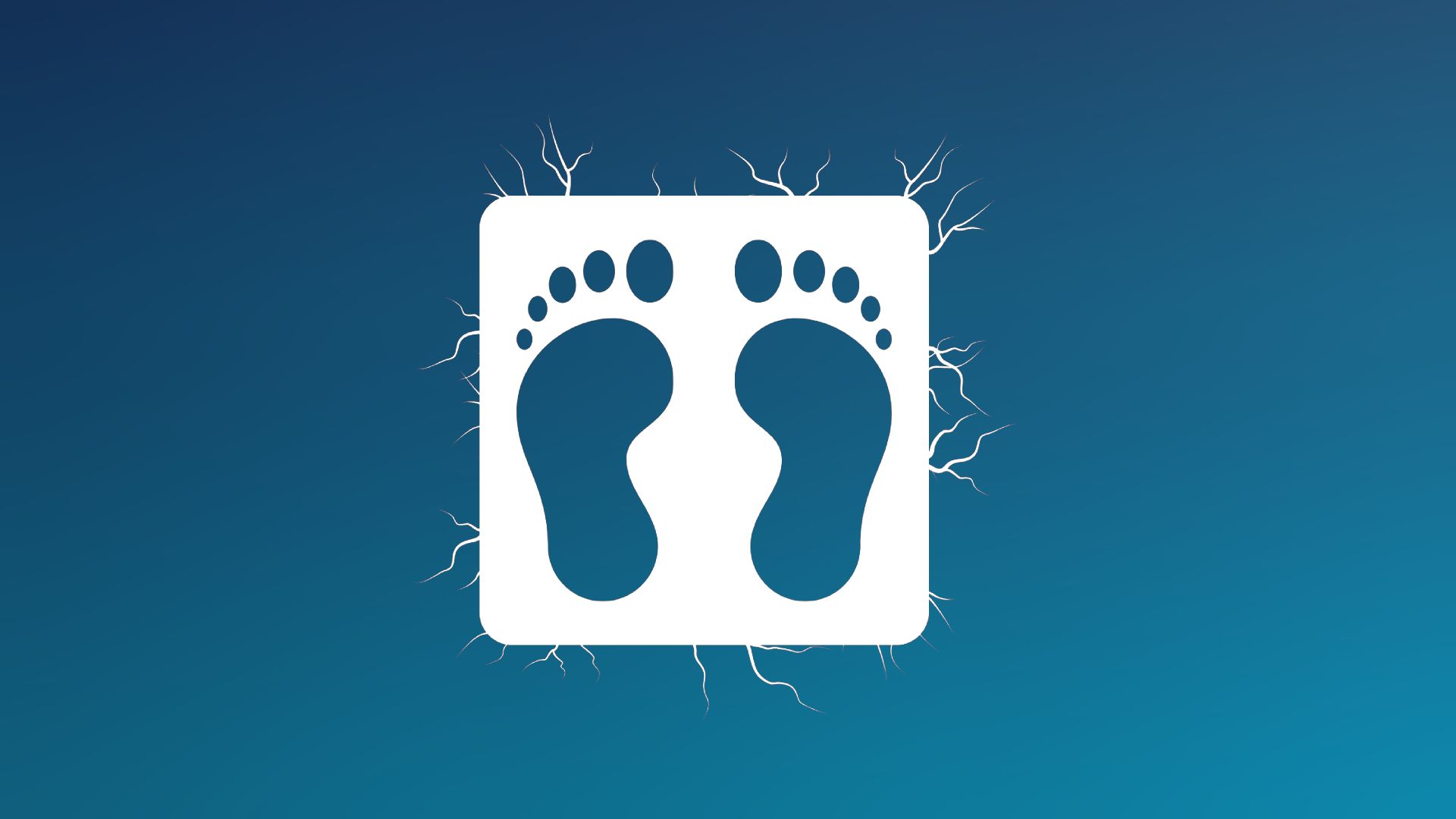If you’re dealing with nerve pain, you already know how much it can affect your life. That constant burning, tingling, or stabbing sensation can make even the simplest tasks feel overwhelming. Whether your nerve pain is caused by diabetes, an injury, chemotherapy, or another condition, the journey to relief is often filled with frustration and unanswered questions.
A quick search for answers turns up a flood of conflicting advice—from medical articles to miracle cures. It’s hard to know what’s real, what’s helpful, and what’s just hype.
So let’s take an honest look at what the science says about nerve damage, what it doesn’t always tell you, and what real options you have for finding comfort—starting today.
Summary: Nerve pain can be debilitating and difficult to manage, often accompanied by confusing and conflicting advice about treatment options. While some peripheral nerves can regenerate under ideal conditions, most nerve damage—especially to the central nervous system—is permanent, making symptom management the primary goal. The market is flooded with products promising miracle cures, but many lack scientific backing, leaving patients frustrated and unsure who to trust. Although there’s no cure for neuropathy, relief is possible by targeting inflammation, improving blood flow, and calming pain signals using proven ingredients like capsaicin, arnica, and menthol. One option, Nerve Balm, is a topical treatment designed to address these key factors naturally and effectively. With so many products available, finding the right one involves reading reviews, checking how many people have had positive experiences, and being open to a bit of trial and error, because while no single solution works for everyone, informed choices can increase the chances of finding real relief.
Can Nerves Actually Heal? Sometimes. But It’s Complicated.

The human body is incredibly resilient, and some nerves can regenerate over time. Specifically, peripheral nerves (the ones outside your brain and spinal cord) have the ability to regrow—at a rate of about 1 millimeter per day if conditions are right (Mayo Clinic).
But here’s the hard truth: this only happens when the damage is mild to moderate, the nerve’s protective structure is intact, and the body is in a healthy state to support healing. Even then, the healing process can take months or even years—and the pain doesn’t always disappear, even if some function returns. That’s why many people with nerve damage find themselves stuck in a frustrating middle ground: not getting worse but not feeling better either. It’s not just about regrowth—it’s about managing discomfort, protecting the nerves you still have, and preserving quality of life.
Central nervous system nerves (in the brain and spinal cord), unfortunately, don’t have the same ability to regenerate. While there’s exciting research happening in this area, current treatments are limited to managing symptoms rather than restoring full function. So, for now, the focus for most people is finding ways to live well despite the damage—and that starts with finding relief you can trust.
The Market Is Full of Promises—But Not All Are Backed by Science
Chronic nerve pain affects more than 20 million Americans (NIH), which has led to a wave of treatments promising quick fixes. These range from supplements and creams to devices and unconventional therapies. Some are helpful. Others have little to no scientific support.
You’ve probably seen:
-
Supplements claiming to "heal" nerves
-
CBD-based products marketed for nerve pain
-
Electrical devices or pads
-
Herbal formulas with big claims but little evidence
It’s easy to feel hopeful—and just as easy to feel let down. Some products that promote these features work amazingly for people, bringing real relief and improving quality of life. But others use those same buzzwords—like “anti-inflammatory,” “nerve support,” or “circulation booster”—as nothing more than marketing gimmicks. They lean heavily on scientific-sounding language, while delivering very little in terms of real results. And that only complicates things further. Because now, you’re left wondering: “Who’s telling the truth?”
Sorting through the noise takes patience, research, and often, a little trial and error. But it’s worth it to find something that actually supports your body in a meaningful, consistent way.
Let’s Be Honest: There Is No Cure for Neuropathy
Before we go any further, let’s be completely transparent—because you deserve the truth, not just another pitch. There is no known cure for neuropathy.
There is no pill, cream, device, or supplement that will make damaged nerves completely regenerate or make the condition disappear. If someone tells you otherwise, they’re not offering a breakthrough—they’re offering a lie.
Neuropathy is a chronic condition. It can be managed, and in some cases improved, but not reversed. For many people, the nerve damage is permanent. That doesn’t mean there’s no hope—it just means the goal is management, not a miracle.
So What Can You Do Right Now?
While fully healing nerve damage isn’t always possible, managing nerve pain effectively is absolutely within reach. And for many people, meaningful relief starts by focusing on strategies that support the body’s natural ability to calm and protect irritated nerves.
Here’s what science supports—and why each of these matters:
1. Reduce Inflammation Around Nerves
Chronic inflammation is one of the biggest drivers of ongoing nerve pain. When nerve tissue is inflamed, it becomes more sensitive and reactive, sending stronger pain signals to the brain. Reducing inflammation helps calm that overreaction, which can significantly decrease pain intensity. Anti-inflammatory agents—like arnica, menthol, or turmeric—whether applied topically or taken as supplements, can help cool down this internal “fire,” especially when combined with lifestyle steps like reducing sugar intake or managing underlying conditions like diabetes.
2. Improve Blood Flow to Damaged Areas
Nerves are living tissues, and like any tissue in the body, they rely on a steady flow of oxygen and nutrients to survive and function. Poor circulation can starve nerves of the resources they need to repair—or at least maintain themselves. Increasing blood flow, whether through topical rubs that stimulate circulation, gentle stretching, massage, or even low-impact exercise like walking or water aerobics, can help “feed” damaged nerves and keep the surrounding tissue healthy. Better blood flow also helps clear away waste products that may irritate nerves further.
3. Block or Calm Pain Signals Before They Reach the Brain
If you can interrupt pain signals at the surface level—before they travel up the spinal cord and into the brain—you can reduce how much pain you actually feel. This is the principle behind many topical pain relief methods. Ingredients like capsaicin work by desensitizing the nerve endings so they stop firing off constant pain alerts. Others, like lidocaine, act as numbing agents. Topical solutions that combine these types of ingredients can provide fast, targeted relief without affecting the rest of your body, making them ideal for frequent use.
By addressing these three core areas—inflammation, circulation, and pain signaling—you’re not just covering up symptoms. You’re giving your nervous system the best possible environment to stabilize and function more comfortably.
And the best part? These are actions you can start taking today, with tools that fit into your everyday life.
A More Natural Way to Soothe Nerve Pain: Nerve Balm
That’s where Nerve Balm comes in. It’s a topical pain relief solution made to gently and effectively support people dealing with nerve-related discomfort. Nerve Balm uses ingredients that have been studied and shown to help:
-
Desensitize nerve endings (like capsaicin, a natural pain blocker)
-
Reduce local inflammation (with ingredients like arnica and menthol)
-
Increase circulation in areas where nerves are struggling
By applying it directly to the area of pain, you’re giving your body targeted support—without the downsides of medications that affect your whole system.
How to Find the Right Pain Relief for You
As mentioned, with many products all making claims it can be very hard to know who to trust. Well, we came up with 3 things you can do to increase your chances of finding the relief you deserve with a little trial and error as possible. When looking at a potential product, you should start by looking at:
-
What Are People Saying? Check out the reviews, and you'll quickly start to see story behind people's experiences. If you're seeing mixed reviews, let's say the odds are 50/50. If most of the reviews are praising it for its pain relief abilities, then let's say your odds of being satisfied are 70/30.
-
How Many People Are Saying It? An average rating of 5 stars is kind of useless if there's only 3 reviews. Many of these products are not cheap, & your money matters. Search for products that have the security of many reviews that consistently tell the same story. That's how you'll know your odds of success are in good hands.
- Try It! There is no product that works for absolutely everyone. Our bodies are very complex, and the subtle difference between everyone make a major impact in how effectively a product can help. That's the first 2 steps involve finding products that have a clear history of a lot of satisfaction from previous customers. That means the odds you can be one of those satisfied people are higher!






